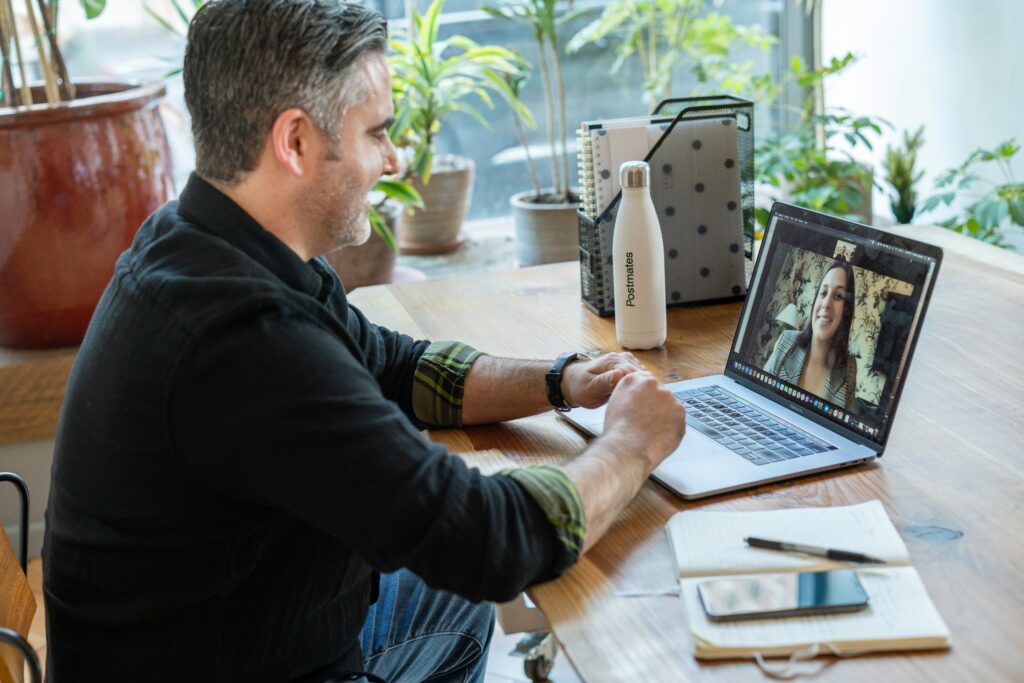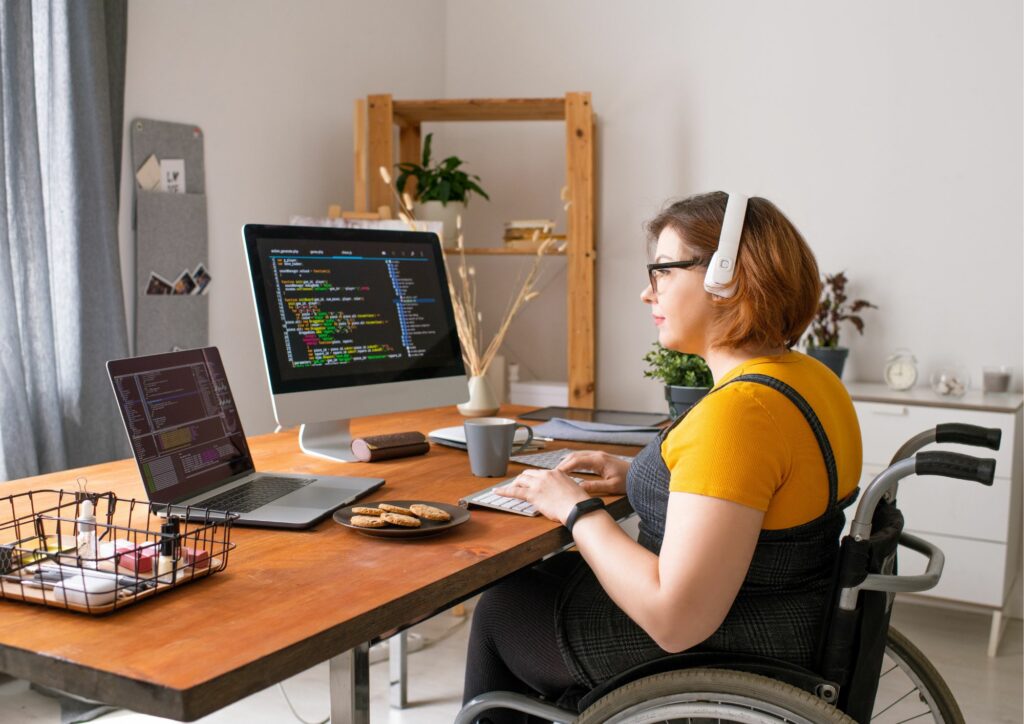Working From Home Risks

With working from home being a perk of many jobs nowadays, it’s understandable that we might not think about potential working from home risks. UK workers now go into the office 1.4 days a week on average according to survey data by Advanced Workplace Associates. This is compared to 3.8 days prior to the COVID-19 pandemic, demonstrating how popular the practice has become.
There are undoubtedly a huge number of benefits to working from home, with flexibility and extra time being two of the biggest ones. The risks of remote working might seem small in comparison to the dread of the daily commute, but there are still things for employers and employees to consider, and hazards at home that should be identified to make every kind of work environment a safe one. This guide explains some of the working from home risks to look out for, and how to reduce or eliminate them altogether.
Risks Of Remote Working

You might not think there are many working from home risks when all you have to do is get from your bed to your home office, but there are a number of potential hazards. Some risks of remote working are more significant than others, and while many are physical or practical concerns, it’s also important to think about the mental and emotional wellbeing of yourself or your workers. The most common working from home risks include:
- Injuries from slips, trips or falls within the home
- Musculoskeletal issues such as back ache, neck pain or repetitive strain issues
- Manual handling injuries if your job involves picking up or carrying heavy items
- Loneliness and a lack of social interaction can affect our quality of life and even lead to mental health issues
- A more sedentary way of life can impact physical health
- Blurred lines between work and home can cause an imbalance that negatively affects overall wellbeing
Hazards At Home
The Health and Safety Executive (HSE) states that employers are responsible for the health, safety and wellbeing of all employees. They also set out ways that employees themselves can take extra care when working from home.
In the first instance home workers can start by identifying any hazards at home. This is generally the first step in any kind of risk assessment. Once hazards have been identified, measures can be put in place to minimise them. Hazards at home to look out for include:
Loose Or Trailing Wires
Plugging in several pieces of equipment to one socket point or extension bar can mean there are multiple wires left exposed or across floors. This can cause a risk of tripping or slipping. Make sure wires are out of the way to reduce the likelihood of falling over them.
Inadequate Work Space
Health and safety in an office requires there to be a comfortable amount of space for each worker. Things like desk chairs or foot rests are often made available to make sure workers sit comfortably. Not having enough defined space to work is one of the hazards at home as it can cause musculoskeletal injuries. It can also contribute to a poor work life balance if you do not have a dedicated office space and are unable to separate work from everyday life.

Faulty Equipment
Health and safety law says that employers should make sure electrical equipment is maintained in order to prevent any danger. Although portable appliance testing (PAT) is not a legal requirement, employers do have a duty of care in this area. Working from home means the safety of equipment like laptops, phones, and even extension cables is less well managed.
The working from home risks here are electric shocks or even an electric fire. Ask your employer about having your equipment checked regularly.
Isolation
Although isolation is not a physical hazard at home, it is worth noting it as one of the risks of remote working. In a practical sense, if anything were to go wrong during the working day, you would be alone and possibly not be able to alert anybody. From a wellbeing standpoint, spending too much time alone can be detrimental to mental health. Social interaction is a plus of being in an office environment and one reason why hybrid working is a great middle ground.
Screens And Lighting
Most offices have bright lighting to ensure worker’s eyes do not come under too much strain, especially when working at a computer all day or in jobs where precision is required, such as manufacturing. One of the risks of remote working is that a home office may not offer this level of light, which could lead to eye strain.
In addition, there are no enforced breaks when working from home and so some employees could spend too long looking at a screen. This is bad for eye health and can also be detrimental to mental health, so be sure to take regular breaks.

Home Interiors
Simple things in your home that you may not pay much mind to can be a hazard during the working day. This is especially true when it comes to fire safety. As a remote worker, you are your own fire marshal and need to make sure that the environment is safe from fire and that exits are unobstructed. This means keeping things like staircases and doorways free of clutter.
Working From Home Safety Tips
Identifying hazards at home will help you reduce any working from home risks. Although you do not have to perform a working from home risk assessment, it can be a good idea to have some kind of documentation to help keep you safe. Some working from home safety tips you could include in a basic remote working risk assessment are to:
- Have a designated work area that has plenty of space and helps you separate home and work
- Make sure you have good lighting and that the room is well ventilated
- Take regular breaks from work and screens, and try to get out of the house, even for a short walk
- Try to use ergonomic equipment that reduces stress and strain on your body. Consider asking your employer if they can help with this
- Take stock of your environment each morning, clearing any obstructions to fire exits, and tidying away loose wires or other tripping hazards
- Make time for social interaction, whether through online calls or meeting people face to face. You could even work in a cafe for a few hours to be around others
These working from home safety tips are mostly common sense, but it can be good to document them as a reminder of how to keep your remote working environment as safe and comfortable as possible.

Workplace Health And Safety From Rhino Safety
Working from home risks are generally different to risks in a workplace environment like an office, a warehouse, or a shop. Accidents at work may be more likely when there are more hazards to contend with, yet it’s definitely worth being aware of remote working risks and taking some simple precautions.
The team at Rhino Safety are experts in every aspect of workplace health and safety. We can help with health and safety audits, including any provision for remote workers, as well as perform risk assessments specific to your industry and environment. We also provide training so that employers and employees can safely manage many aspects of health and safety themselves. Please contact us for more information or a quote.
